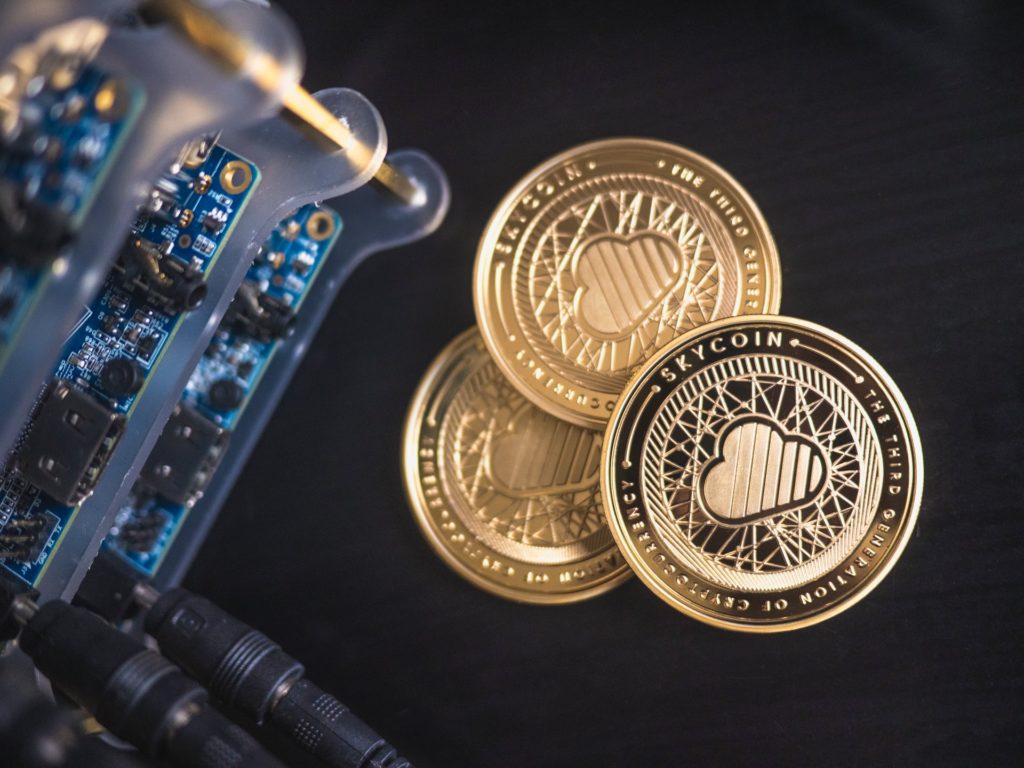
You will doubtless have heard of the Blockchain, one of the hottest new developments in computing, and the technology behind the extraordinary success of cryptocurrencies such as Bitcoin, Ethereum etc. You may not, however, have a clear idea of how it works as it appears to comprise a bafflingly complex collection of technologies, algorithms, etc.
The basic concept of the blockchain is a relatively simple one. Effectively, blockchain is nothing more than an online ledger, a way of keeping secure records of transactions online. As the name suggests, it comprises two elements, the block and the chain. The block is simply a record of a transaction, say a payment from A to B. This record is then submitted to a network of other users of blockchain whose computers contain the information to verify the legitimacy of the transaction. Once the transaction is verified, the block containing it is added to the chain, making a permanent record. The unique feature of blockchain is that the verifying network can contain millions and millions of computers, and each one contains the complete permanent record of the blockchain.
It is this feature that makes blockchain security virtually unbreakable. Blockchain verification occurs when over 50% of the computers in the network validate a transaction; if a network contains 10 million computers (and many contain a lot more) then any malign actor is going to need anywhere between 5 million+1 to 10 million+1 computers working for them in order to interfere with the blockchain. On both practical and financial levels, this makes it virtually impossible to alter the blockchain record.
Another great advantage of the blockchain is its speed and simplicity: when you make a payment from one bank to another, multiple verifications and transfers have to take place to ensure that your payment is valid, the receiver is valid, the transaction has been completed, and so forth. With blockchain, everything takes place within one virtual “ledger”, nothing is duplicated, everything is authorized and verified in the same place.
As mentioned above, the most well-known use for blockchain at present is for virtual currencies. In order to ‘mine’ virtual currencies, miners have to solve complex algorithms; when they have done this, the record of them doing so is placed in a block, which is added to a chain, verified by the network, and so they receive their virtual currency, e.g. a Bitcoin. When transactions are made using Bitcoins, these too are added to the chain; the transaction takes place and is recorded without any middleman (e.g., a bank, credit card company etc.) taking a cut.
This lack of commission, along with the additional security mentioned above, could prove the making of blockchain. At present, most digital services involve some form of commission. If we take the example of Uber, when you call for a ride, the company provides you with a verified driver and takes payment from you for your fare, taking a small percentage in return. In future, a blockchain network could securely verify the bonafides of the driver and your fare payment across millions of computers instantly, and nobody would be paying the facilitating company. Major financial and technology companies are currently investing more than $2 billion a year in researching and developing blockchain, and it seems only a matter of time before it will move from the esoteric fringes of the digital world into the mainstream.